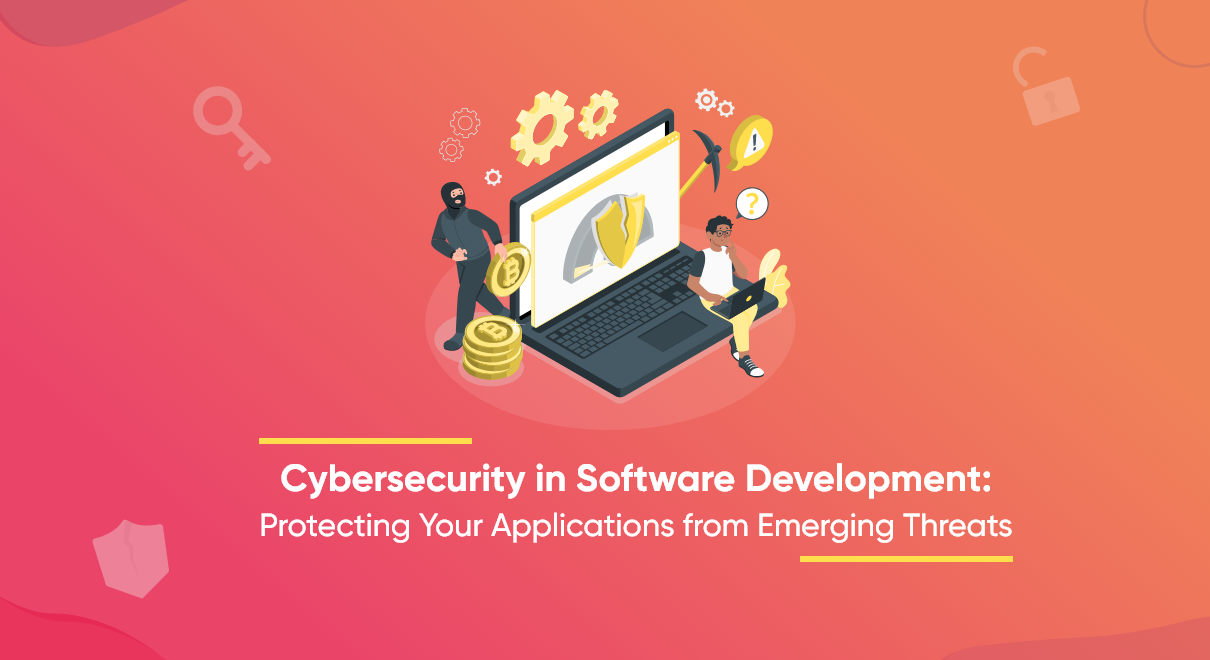Cybersecurity is a vital concern in the modern digital world. As technology evolves, so do the risks of cyberattacks that can compromise the functionality and integrity of software applications. That’s why software developers need to incorporate security measures at every stage of the
software development lifecycle. In this blog post, we will discuss some of the best practices developers can follow to secure their applications and the data they process.
Secure Coding Practices
One of the fundamental aspects of building secure applications is adopting secure coding practices. This involves following industry best practices, such as input validation, proper authentication and authorization mechanisms, and secure error handling. By writing clean, secure code from the start, developers can minimize the potential vulnerabilities that attackers could exploit.
Vulnerability Scanning
Regular vulnerability scanning is crucial to identifying and addressing potential security weaknesses in software applications. Automated tools can scan the application’s code and configuration, searching for known vulnerabilities or weaknesses in encryption protocols, authentication mechanisms, or input validation. By addressing these vulnerabilities promptly, developers can mitigate the risk of cyberattacks.
Threat Modeling
Threat modeling is a proactive approach to cybersecurity that helps developers anticipate potential threats and plan their defenses accordingly. Developers can design robust security controls and countermeasures by systematically identifying and evaluating potential vulnerabilities. This process should be an integral part of the software development lifecycle, helping to identify and mitigate risks early on.
Secure Development Lifecycle (SDLC)
Incorporating security into the software development lifecycle is crucial for building secure applications. By following a comprehensive SDLC approach, which includes security requirements, design, coding, testing, and deployment, developers can ensure that security measures are not an afterthought but an integral part of the entire development process.
Regular Updates and Patch Management
Cyber threats evolve rapidly, and developers must stay vigilant by regularly updating their software and promptly applying security patches. Keeping software components up to date helps protect against known vulnerabilities and ensures that the application remains resilient in the face of emerging threats.
Software development needs cybersecurity in a changing threat landscape. Secure coding, vulnerability scanning, and threat modeling help defend applications from cyberattacks. They protect data and user privacy. Stay alert, use new technologies, and prioritize cybersecurity to keep the digital world safe.








1 Comment
Comments are closed.